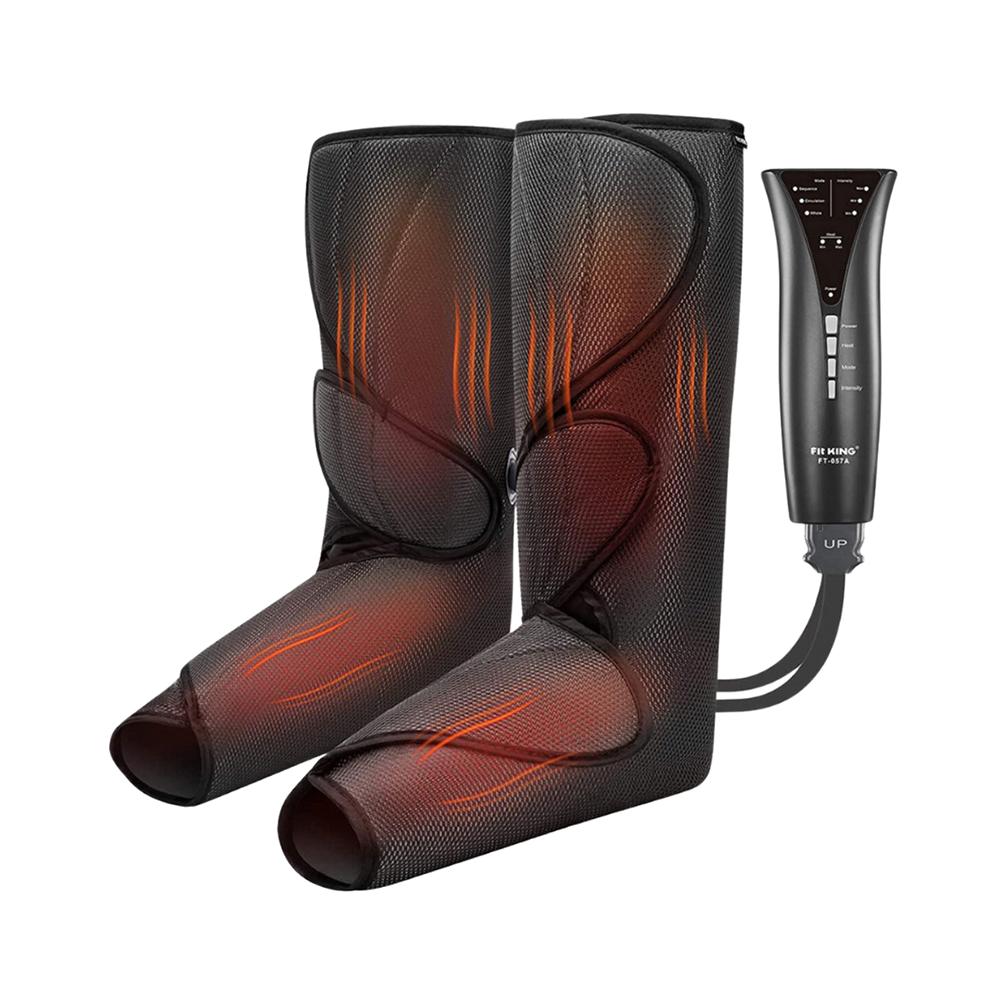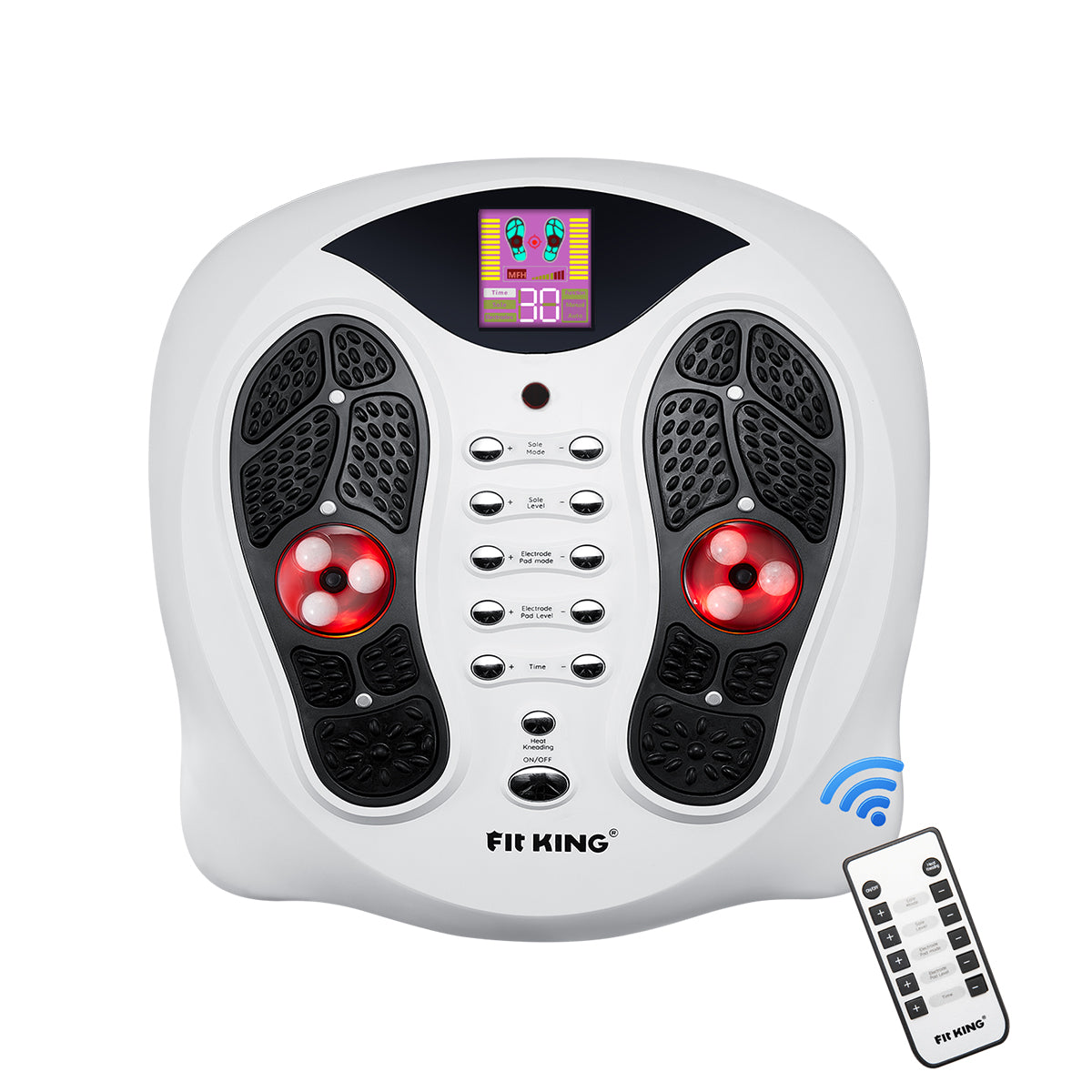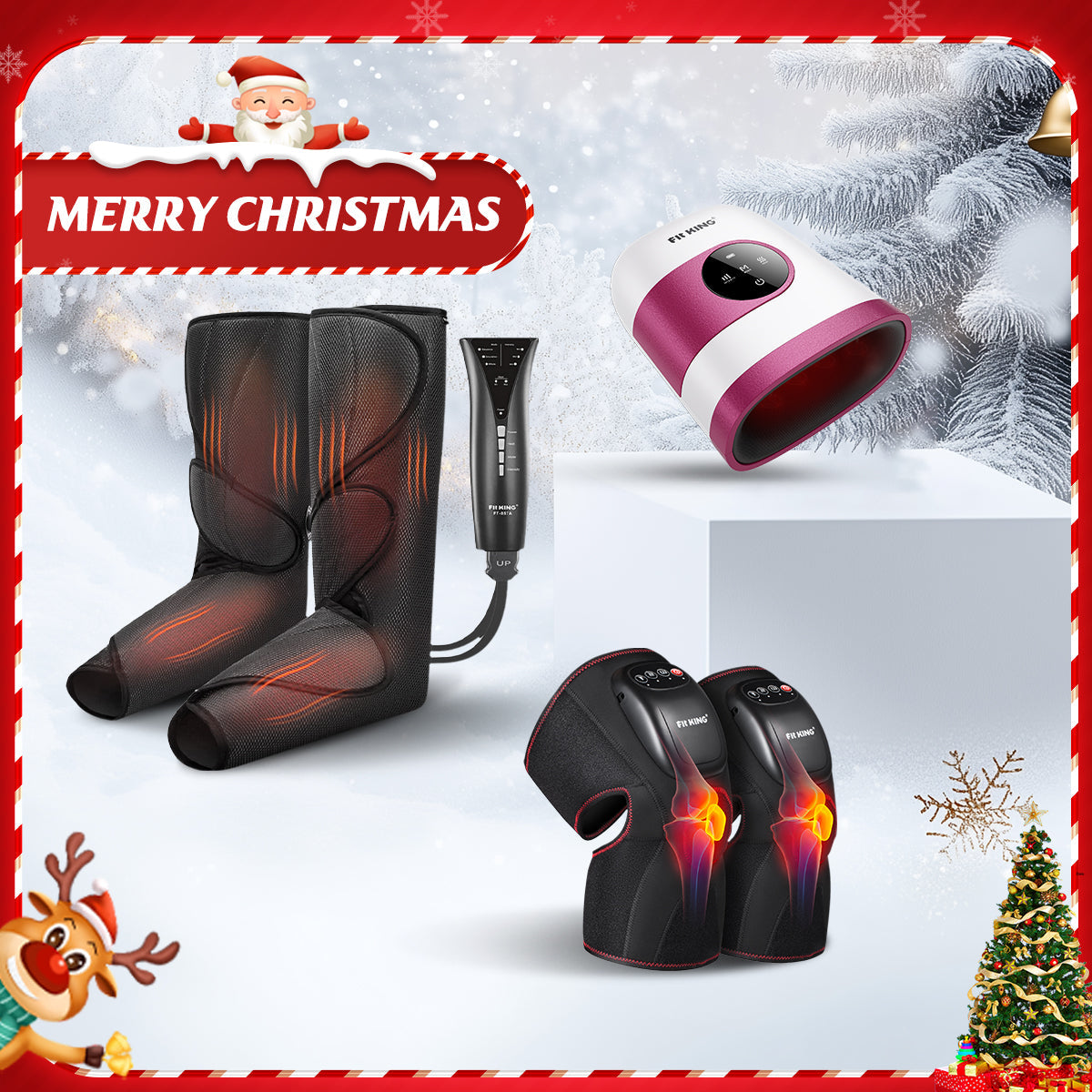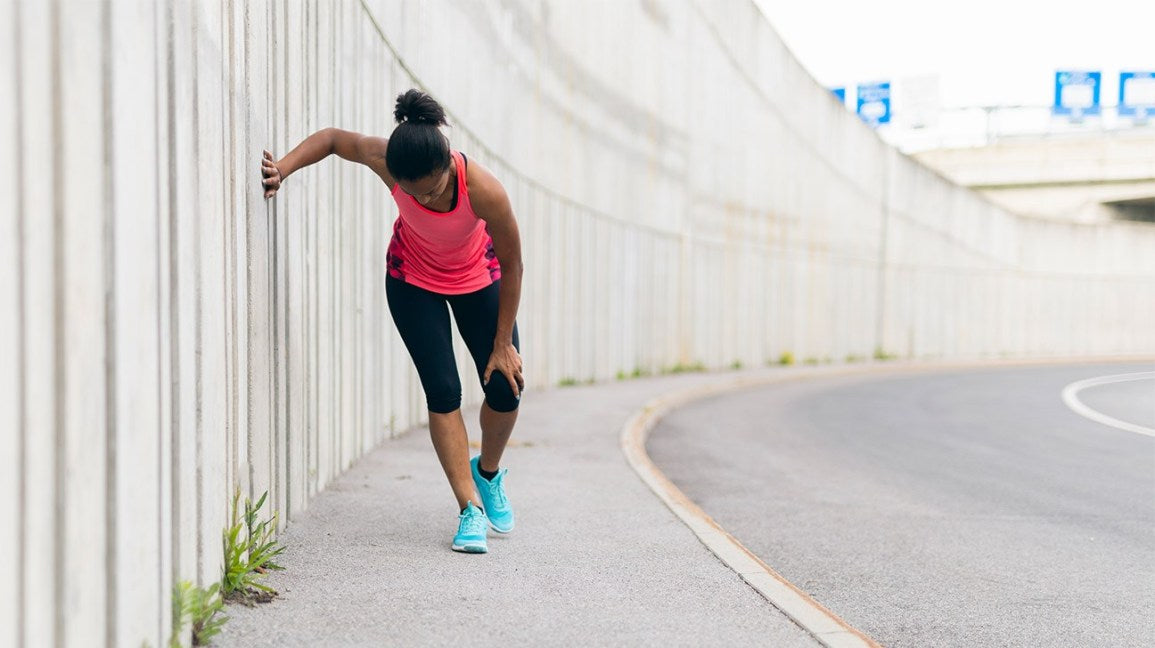As we age, many of us are confronted with a variety of changes in our bodies. These changes can bring wonderful experiences, wisdom, and priceless memories, but they can also sometimes be accompanied by pain and discomfort. Age-related pain is a common issue among older adults, and it can have a significant impact on their overall quality of life. In this blog post, we will explore this topic and discuss ways to enhance the quality of life for older adults who are experiencing age-related pain.
Understanding Geriatric Pain
Geriatric pain is defined as the pain experienced by individuals due to aging and the physical changes that occur in the body over time. It refers to any discomfort or unpleasant sensation that is more common among older adults.
There can be multiple causes of geriatric pain, including:
- Degenerative changes
- Inflammation
- Chronic health conditions
- Reduced resilience
- Joint pain
- Medication side effects
- Psychosocial factors
It is worth noting that geriatric pain can vary widely among individuals, and the specific causes can differ from person to person. Therefore, individualized assessments and treatments are necessary to manage and address age-related pain effectively.
- Common types of geriatric pain
There are several common types of geriatric pain that individuals may experience as they get older. These include:
-
Arthritis pain
- Back pain
- Osteoporosis-related pain
- Neuropathic pain
- Headaches
- Muscle and joint pain
- Fibromyalgia
These are just some of the common types of geriatric pain that individuals may experience. It is essential to consult a healthcare professional for an accurate diagnosis and appropriate pain management strategies.
Tips for improving quality of life for older adults with chronic pain
- Encourage regular exercise
Engaging in regular physical activity, such as walking or swimming, can help alleviate chronic pain and improve overall well-being. Encourage older adults to consult with their healthcare providers to develop a safe and suitable exercise routine.
Offer educational resources or classes that teach older adults about their chronic pain condition, including pain management techniques, relaxation exercises, and self-care strategies. Understanding their condition and how to manage it can empower them to take an active role in their care.
- Offer psychological support
Chronic pain can be physically and emotionally draining. Encourage older adults to seek counseling or support groups to cope with the emotional toll of living with chronic pain. Cognitive-behavioral therapy or meditation techniques can also help manage the psychological impact of chronic pain.
Help older adults identify and utilize appropriate assistive devices, such as walkers, canes,
massagers, or grab bars, to reduce the physical strain caused by chronic pain. These devices can improve mobility and reduce the risk of accidents, thereby enhancing overall quality of life.
Regularly assess medication needs and work closely with healthcare professionals to ensure proper pain management. Advise older adults to keep a medication log, report any side effects, or ask for adjustments if necessary. Monitoring medication intake can help optimize pain relief while minimizing potential risks.
- Encourage social engagement
Loneliness and isolation can worsen chronic pain and decrease quality of life. Encourage older adults to participate in social activities, join clubs or groups, or volunteer in their community. Strengthening social connections can provide emotional support and distract from the focus on pain.
- Promote healthy lifestyle choices
Encourage older adults to adopt a healthy lifestyle, including a balanced diet, adequate sleep, and avoiding smoking or excessive alcohol consumption. These lifestyle choices can positively impact overall health and indirectly relieve chronic pain symptoms.
Explore alternative therapies, such as acupuncture, massage therapy, or heat/cold therapy, which may help alleviate chronic pain and improve well-being. Encourage older adults to consult with healthcare providers before trying any new therapies.
- Foster a supportive environment
Create a safe and comfortable environment for older adults with chronic pain. Ensure their living space is free of hazards that could worsen pain, provide comfortable seating and bedding, and accommodate their specific needs. Regularly check in and offer support or assistance if needed.
Encourage older adults to schedule regular check-ups with their healthcare providers to monitor their chronic pain condition and adjust treatment as needed. This can help identify any emerging issues, ensure medications are appropriate, and provide ongoing support and guidance.

The takeaway
Geriatric pain is a common and important problem affecting the quality of life of older adults. By understanding the causes, types of pain, and treatment options for geriatric pain, individuals can take proactive steps to improve their quality of life and minimize the impact of pain on their daily activities and enjoyment.















Leave a comment
This site is protected by hCaptcha and the hCaptcha Privacy Policy and Terms of Service apply.